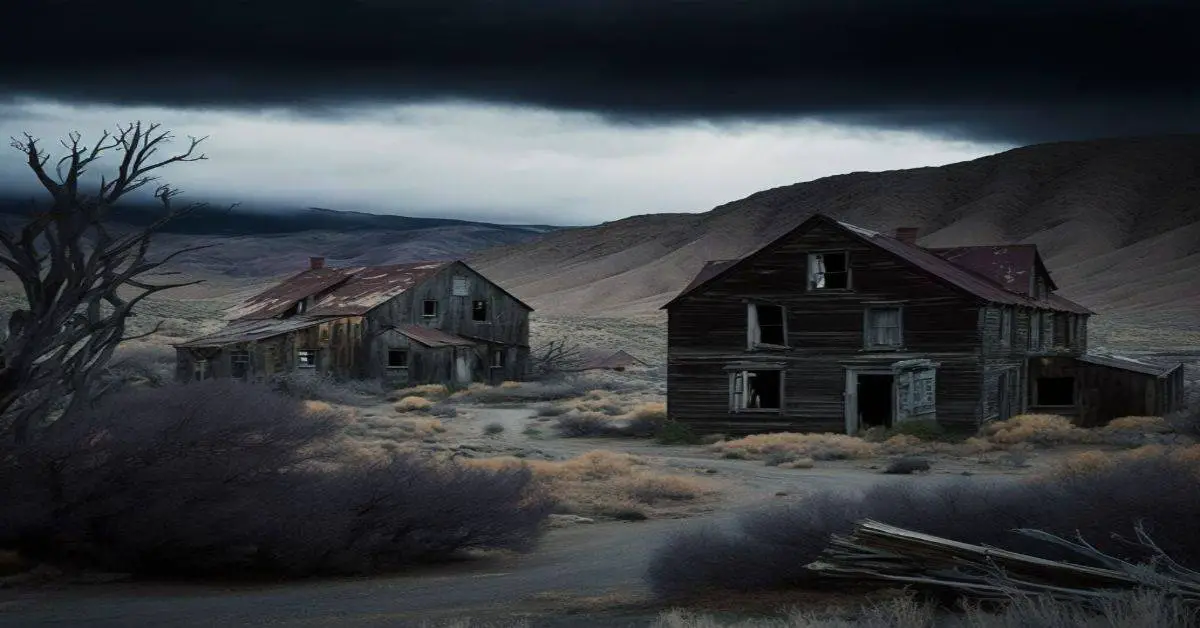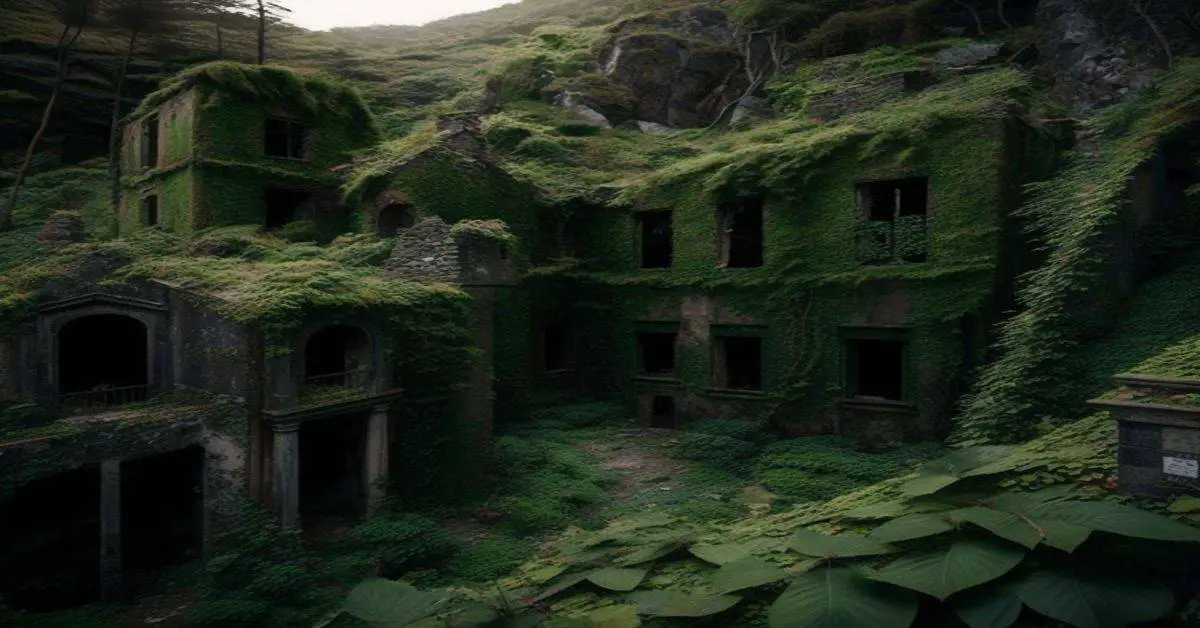Have you ever dreamed of going back in time and exploring the remnants of a once-bustling town? Imagine walking through streets that were once filled with people going about their daily lives, now empty and silent. Eagleville, a Nevada ghost town, offers visitors the opportunity to do just that.
Nestled in Mineral County, this town operated from the 1880s to about 1915, and today, visitors can explore the rock ruins, ore bins, headframes, and remaining mines. Eagleville’s post office was open from 1889 to 1913, but the town met its demise after the Rawhide boom ended. However, the remains of the town offer a glimpse into the area’s history and the lives of those who lived and worked there.
With a 2WD accessible road and a grid of 5, Eagleville is best visited in the spring and fall. In this article, we will delve into the history and origins of Eagleville, explore the remains and landmarks that can still be found, and provide information on visiting and accessibility. Join us on a journey to uncover the history and remains of this forgotten town.
Key Takeaways
- Eagleville was a mining town that operated from the 1880s to about 1915 and was established during the gold rush in Nevada.
- Visitors can explore rock ruins, ore bins, and headframes, providing an opportunity to experience the harsh conditions that miners faced on a daily basis.
- Accessibility can be challenging due to the 2WD roads and grid of 5, and visitors should always respect the ruins and avoid climbing or touching them as they are fragile and could collapse.
- The post office played a significant role in the town’s history as a communication and mail delivery hub, connecting the residents to the outside world.
History and Origins
Eagleville was a gold camp that existed from the early 1880s to about 1915, and its post office was open from 1889 to 1913.
The town was established during the gold rush in Nevada, attracting many people seeking their fortune.
Prospectors and miners flocked to the area, hoping to strike it rich in the gold mines.
Eagleville’s location near the Sheelite Mine made it an ideal spot for mining activities.
The post office operation in Eagleville played a significant role in the town’s history.
It served as a communication and mail delivery hub, connecting the residents to the outside world.
The post office was established in 1889 and remained operational until 1913, providing an essential service to the town’s inhabitants.
However, Eagleville’s glory days were short-lived, and the town ultimately met its demise after the Rawhide boom ended.
Remains and Landmarks
Despite its lack of inhabitants, the abandoned structures and mining artifacts that remain in Eagleville offer a unique glimpse into the town’s past.
Among the most notable landmarks are the rock ruins scattered throughout the area. These ruins provide a tangible connection to the past and serve as a reminder of the bustling gold camp that Eagleville once was.
In addition to the rock ruins, visitors can also explore the ore bins and headframes, which were once used to extract gold and other minerals from the surrounding rock formations. These structures are a testament to the ingenuity and resourcefulness of the early miners who settled in this remote area.
Finally, the mines themselves provide an opportunity to step back in time and experience the harsh conditions that miners faced on a daily basis.
Overall, the remains and landmarks of Eagleville offer a fascinating window into Nevada’s mining history and are well worth a visit for anyone interested in the state’s past.
Visiting and Accessibility
Accessibility to the remains and landmarks of Eagleville, a former gold camp in Mineral County, Nevada, can be challenging due to the 2WD roads and grid of 5. Visitors should be prepared for possible challenges such as rough roads, limited phone service, and lack of facilities. It is important to note that visitors should always respect the ruins and avoid climbing or touching them as they are fragile and could collapse.
Despite the accessibility challenges, those who visit Eagleville during the spring and fall will be rewarded with a unique glimpse into the state’s mining history. To make the most of the visit, it is recommended to wear comfortable hiking shoes, dress in layers, and bring plenty of water and snacks. Visitors should also bring a map, compass, and a GPS device to ensure they can navigate the area safely.
With the proper gear and preparation, visitors can experience the history and beauty of Eagleville.
Frequently Asked Questions
What caused the decline of Eagleville after the Rawhide boom ended?
The decline of Eagleville after the Rawhide boom ended was likely due to a combination of environmental factors and social dynamics. These may have included depletion of resources, changes in market demand, and shifts in population and economic opportunities.
Are there any legends or ghost stories associated with Eagleville?
Eagleville, a now-desolate gold camp in Nevada, has a haunted history with ghostly sightings reported in the area. However, no notable legends or stories exist to explain the supernatural occurrences in this ghost town.
Who were some notable figures or families that lived in Eagleville during its heyday?
Notable figures/families of Eagleville during its gold mining era include The Smiths and The Clarks. Eagleville played a significant role in the history of Nevada mining and its impact on the surrounding area is worth exploring.
Are there any nearby towns or attractions that visitors to Eagleville could also visit?
Visitors to the area around Eagleville may also enjoy exploring nearby attractions such as the Mono Basin National Forest Scenic Area or the Bodie State Historic Park. Accommodations can be found in nearby towns like Hawthorne or Walker.
What is the current state of preservation and restoration efforts for Eagleville’s remains and landmarks?
Preservation efforts for Eagleville’s remains and landmarks are limited, with no official restoration projects currently underway. Despite this, the historical significance of the town’s gold mining past is recognized and appreciated by visitors.


